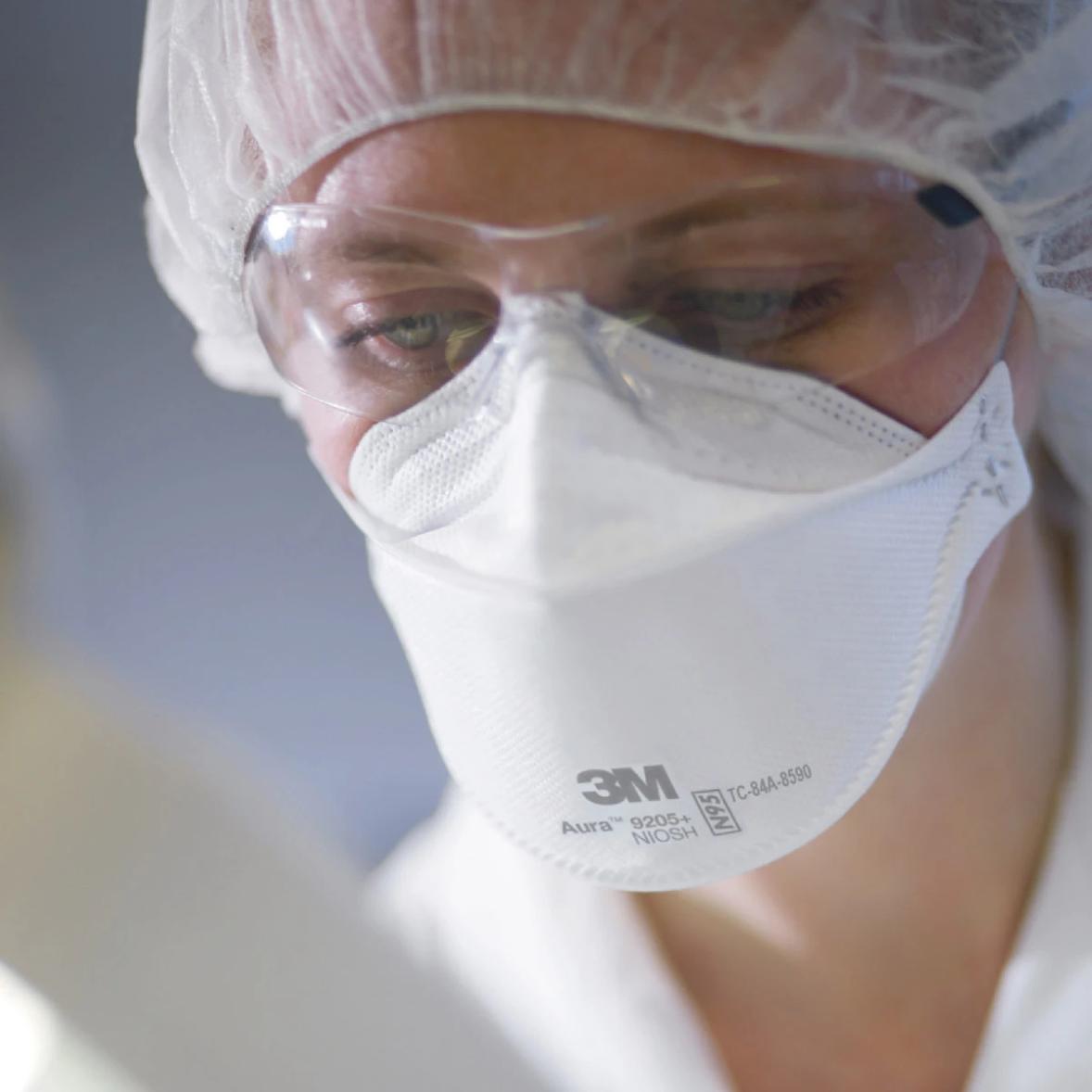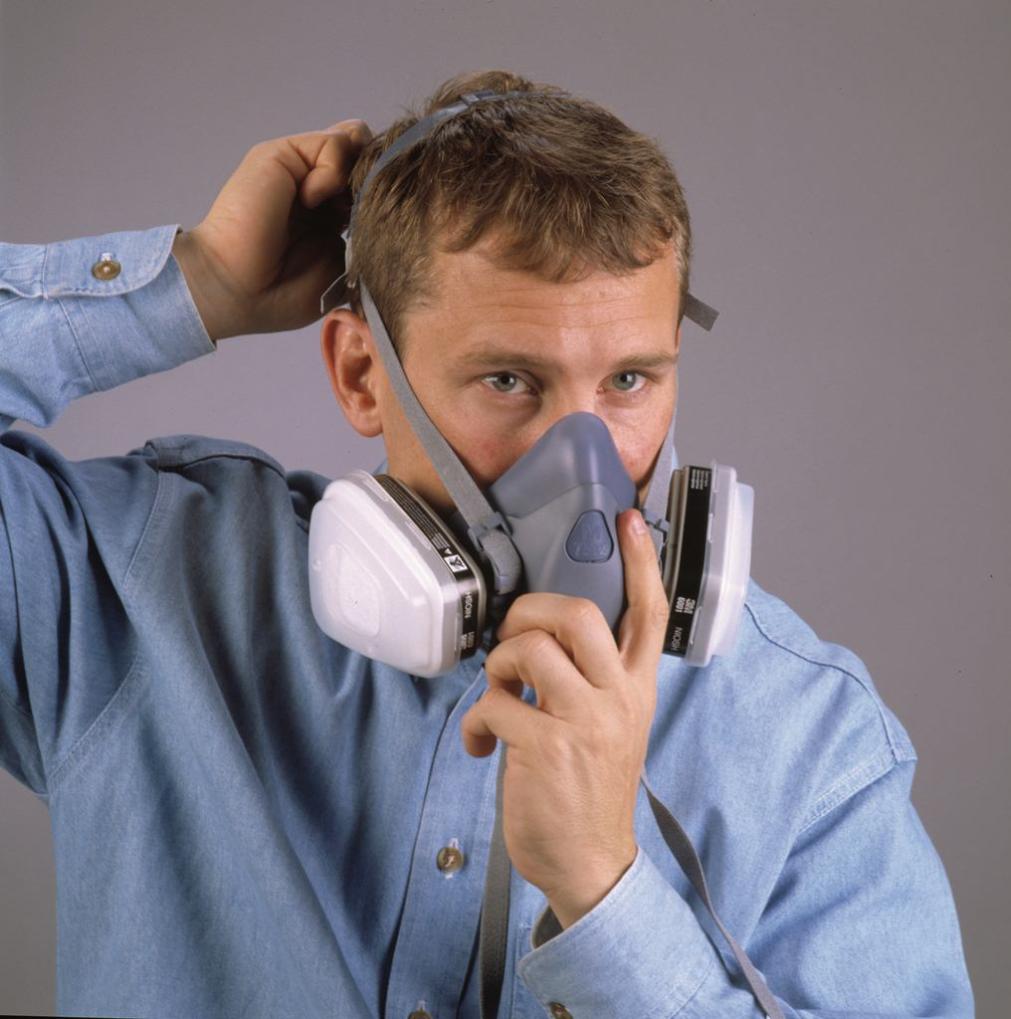What Are the Alternatives to Wearing a Face Mask?
As the world continues to grapple with the COVID-19 pandemic, face masks have become a ubiquitous part of our daily lives. While face masks are effective in preventing the spread of respiratory droplets, there may be situations where wearing one is not feasible or comfortable. This article explores various alternatives to wearing a face mask that can help reduce the risk of transmission.

Understanding The Importance Of Face Masks
Face masks play a crucial role in preventing the spread of respiratory droplets, which can carry viruses and bacteria. When an infected person coughs, sneezes, or talks, these droplets can be expelled into the air, potentially infecting others nearby. Face masks act as a barrier, capturing these droplets and preventing them from reaching the wearer's mouth and nose.
Wearing a face mask not only protects the wearer but also those around them. By reducing the number of droplets released into the air, face masks help create a safer environment for everyone.
Alternatives To Wearing A Face Mask
Social Distancing:
- Concept: Social distancing involves maintaining a physical distance between individuals to reduce the likelihood of transmission.
- Effectiveness: Social distancing has been shown to be effective in reducing the spread of respiratory illnesses.
- Examples: Maintaining a safe distance of at least 6 feet (2 meters) in public places, avoiding crowded areas, and staying home when feeling unwell.
- Challenges: Social distancing can be difficult to maintain in certain settings, such as public transportation or crowded workplaces.
Proper Hand Hygiene:
- Significance: Frequent handwashing with soap and water is one of the most effective ways to prevent the spread of germs.
- Technique: Wet hands with warm water, apply soap, and rub hands together for at least 20 seconds, covering all surfaces. Rinse hands thoroughly and dry them with a clean towel.
- Alternative: When soap and water are unavailable, use an alcohol-based hand sanitizer with at least 60% alcohol content.
Avoiding Crowded Places:
- Risk: Crowded areas increase the likelihood of coming into close contact with infected individuals, increasing the risk of transmission.
- Examples: Avoid large gatherings, concerts, sporting events, and crowded public spaces.
- Importance: Staying home when feeling unwell helps prevent the spread of illness to others.
Utilizing Barriers:
- Effectiveness: Physical barriers can help prevent droplet transmission.
- Examples: Plexiglass shields at checkout counters, face shields, and sneeze guards.
- Appropriate Use: Barriers should be used in conjunction with other preventive measures, such as social distancing and hand hygiene.
Improving Indoor Air Quality:
- Role: Ventilation and air filtration can reduce airborne transmission.
- Examples: Increasing ventilation by opening windows and doors, using air purifiers with HEPA filters, and maintaining a clean and disinfected environment.
- Importance: Maintaining good indoor air quality helps reduce the risk of transmission in enclosed spaces.
While face masks remain an effective tool in preventing the spread of respiratory illnesses, there are several alternatives that can be considered in certain situations. Social distancing, proper hand hygiene, avoiding crowded places, utilizing barriers, and improving indoor air quality are all important measures that can help reduce the risk of transmission. It is crucial to follow guidelines and recommendations for face mask usage and collectively work towards preventing the spread of respiratory illnesses.

YesNo

Leave a Reply